Offer Unique Menu Items with… Artichokes, A Weird But Delicious Ingredient!
Restaurants offer lots of selections for each meal. In addition to palatability, though, distinction plays an important role. For example, offering new and unique ingredients is a way for restaurants to create distinction, make themselves unique or special and give customers more reasons to choose them.
Vegetable ingredients might not be as prominent as meats like wagyu, kurobuta or otoro. However, whenever the name of this vegetable is uttered, lots of people probably would exclaim, “Huh? What’s that!” Although “artichoke” might not sound very familiar to you, we guarantee that stories about artichokes are just as captivating as meat stories. The artichoke is a plant discovered in ancient times and was used in the cooking and medicines of Egyptians, Greeks and Romans. Wow, that alone already gives you stories for your menu items, and this doesn’t even include the facts that artichokes are delicious and healthy yet.

The Flavor of Artichokes
Artichokes have light green leaves with large flowers featuring many overlapping petals. They can currently be found worldwide in temperate regions, and they are very common in areas like North Africa, Mediterranean, Europe, North America and Australia. Even our neighbors in northern Vietnam cultivate artichokes. In our country, we can buy artichokes imported from Australia at Makro. These artichokes are imported once a week. The parts that are often eaten are the flowers, which have lots of overlapping petals, and the bases of the flowers, which taste kind of like boiled peanuts. The tastiest part of artichokes, though, is the base of the inflorescence, which tastes kind of sweet and fatty.
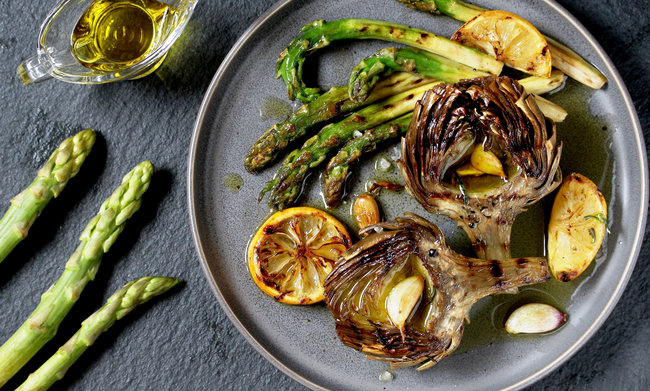
What Can Be Done with Artichokes?
Artichokes are great for steamed/baked menu items with garlic dipping sauce, chili paste, or chili sauce. Otherwise, they can be dipped in batter and deep-fried or cooked in pasta sauce or other sauces. Some artichoke menu items include artichokes with dips, artichoke salads and cream sauce pasta with artichokes and even pizza with the popular “Four Seasons” topping, which cannot be made without artichokes.
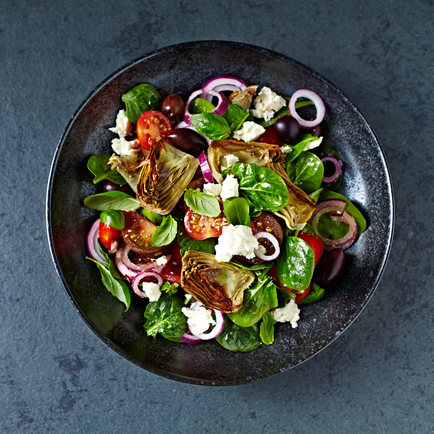
How to Peal Artichokes
Remove the ends of the petals and soak in vinegar, or rub some lime juice around the trimmed petals to prevent the petals from turning black, as the petals release some white sap. Once that’s done, rinse them in clean water before cooking.
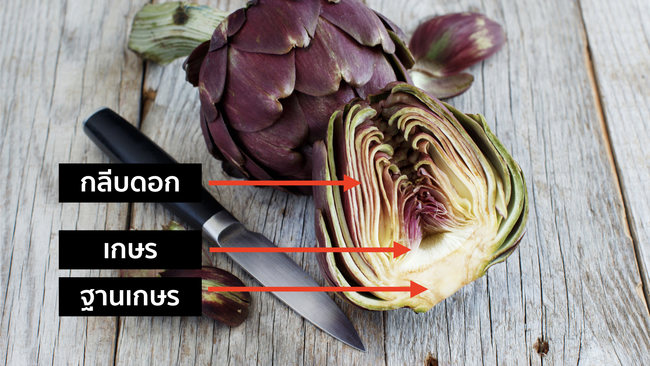
Fresh Artichokes vs. Artichokes in Oil
Artichokes are available fresh and soaked in oil. Fresh artichokes contain more nutrients such as Vitamin C, Vitamin B, Vitamin K and potassium than processed artichokes. In addition, because the flavors and textures of processed artichokes are different, chefs generally prefer to use fresh artichokes in cooking. That’s because artichokes in oil contain lemon, which is used to preserve the color of the product in a high-acidity condition and limits potential cooking options.
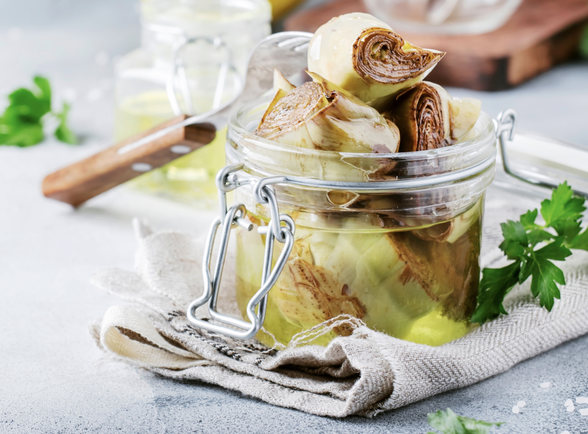
Benefits of Artichokes
- Good for the liver, artichokes boost liver function and promote digestive system function;
- Stimulate liver bile production to reduce intestinal acidity and boost fat digestion.
- Promote loss of fat and loss of cholesterol in the blood;
- Promote cardiovascular function;
- Reduce the risks for occluded arteries;
- Prevent liver inflammation, liver cirrhosis, jaundice, and gall bladder inflammation;
- Reduce bloating, flatulence, malodorous burps, and stomach gas;
- Reduce the risks for developing anemia, diabetes mellitus and gout.
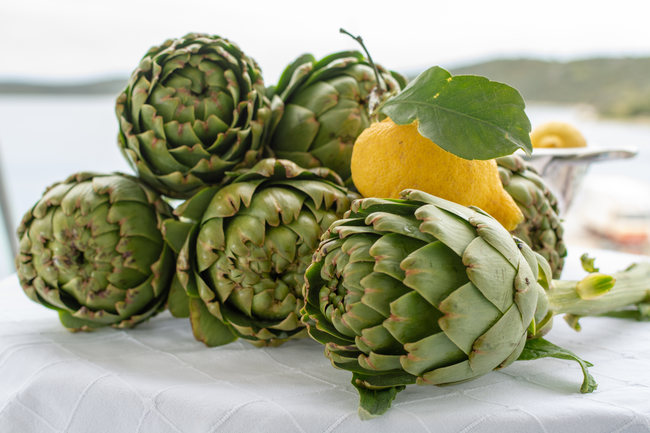
Try offering this new and unique ingredient to distinguish yourself whether through signature menu items or special menu items. And don’t forget to add some story-telling to describe the unique qualities of the ingredient to your customers to increase interest.
Fresh artichokes are available at Makro for you to request at each branch. Makro imports artichokes from quality-certified farms in Australia once a week to retain freshness.



